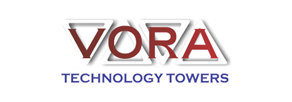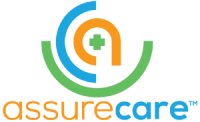
Understanding Single Touch Payroll

An initiative of reporting tax and other important details directly to the Australian Tax Office (ATO) – Single Touch Payroll.
As one of the many 23,232,413 employees in as many as 23, 00, 000 employers, you might have heard about Single Touch Payroll now. Perhaps, you might get worried about what it implies or may still be confused. Not to worry anymore!!
In this article, we would bring to you the updates for Single Touch Payroll. Single Touch Payroll, also referred as STP is a step to encourage real-time digital salary reporting system for the employees in varied organizations. This implies that from now onwards, the employers would be reporting the wages and salaries of their staff, superannuation information and other payment information to ATO, every time they pay their employees.
Many of the surveys show that small and medium scale businesses are not able to understand the obligations of STP. It may also happen that they fear that this will cost them time and money in case of legal compliances. So, let us have a look at What does STP Actually Mean for Any Business?
Since July 1, 2019, it is mandatory for all the small businesses to report their payroll details to ATO in digital format. This implies that it is mandatory for all the employers to adapt to the STP Payroll Solution which is completely software-based.
Now, What are the Benefits of STP? Well, as a result of STP legislation, numerous small businesses would make a transition to the digital platforms. It will revolutionize the way the systems operate, with decreased errors while time-saving and increased employee satisfaction.
According to John Shepherd, the STP Guru and ATO’s Assistant Commissioner for Single Touch Payroll Program, “STP is a win-win for employers and employees because it streamlines the payroll reporting process for employers and provides greater transparency around super entitlements for employees.”
Next,What does STP Actually Mean for Any Business?
The businesses need to talk with the accountants, bookkeepers, tax agents, or any such individuals who are experts of the field. If the businesses use any software, they need to look for the software used as per STP Guidelines in the software manual itself.
John Stated, “This is a big change. But the software developers have done a really good job of building tools to meet the STP reporting requirements into their product so it’s really easy to do.”
Another Concern is What if my business consists of less than 4 people?
Well, in that case, the small businesses are being guided for the same. He further clarifies, “We understand the move real-time payroll reporting may be a big change for employers, especially small businesses. We want to help people get it right and ATO is taking a supportive, tailored approach to help them undertake this change.”
| No. of Employee | > 19 | 5 – 19 | < 5 |
| Applicability | July 1, 2018 | July 1, 2019 | July 1, 2019 |
| Software | High-End and Paid Software | High-End and Paid Software in lower range | Voluntarily Free Software available. |
He further added, “For those with one to four employees, we’ve worked with software providers to support the development of low-cost reporting solutions including simple payroll solutions.”
This step along with becoming STP compliant would help the businesses discover benefits like enhanced accuracy than before and quicker employee payroll calculation. This means there is more time to do what you do.
Psstt!!! I made a Mistake!
Don’t Panic!! During the initial year of applicability, ATO has decided not to impose penalties for the businesses filling erroneous data. This is a small token of appreciation for the businesses trying to comply with the law.
Summing up my thoughts, you can always check the Official Website of ATO to find the entire process with updated details on STP.









